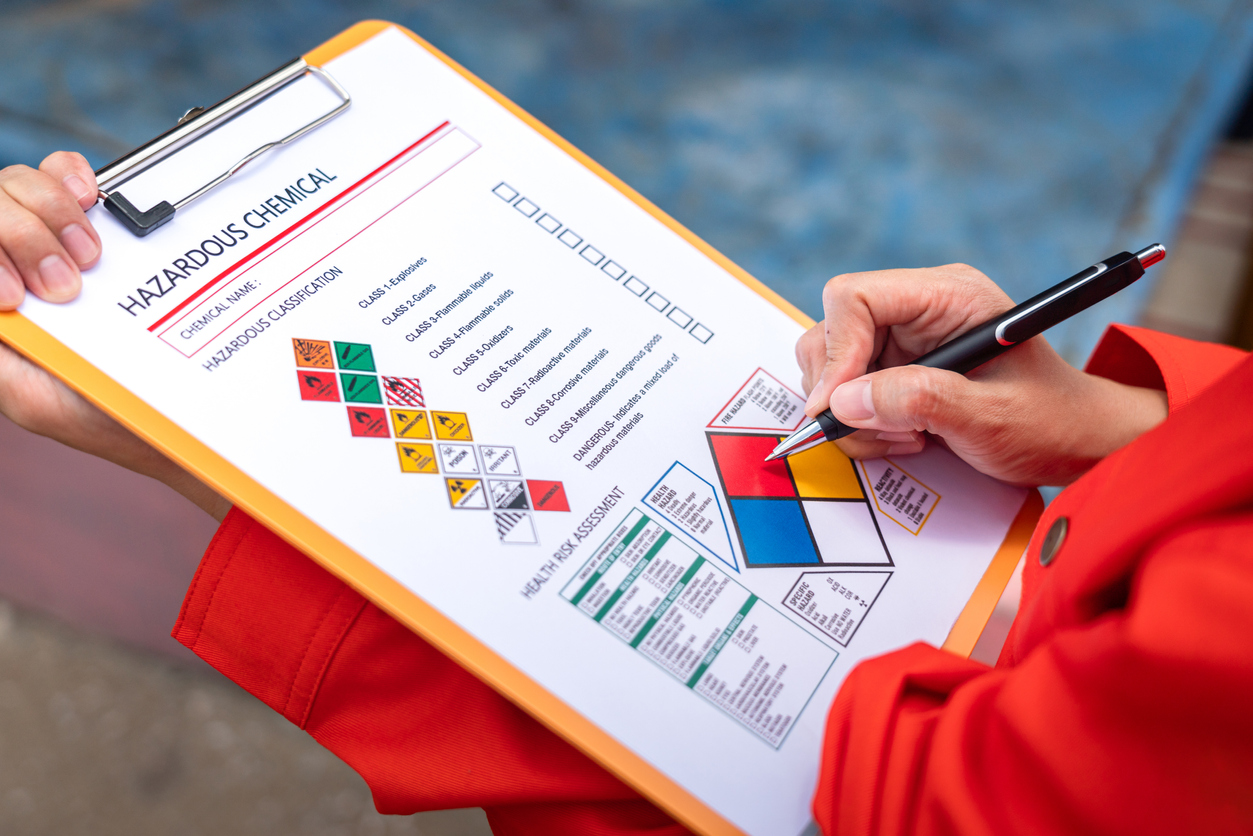
Emergency planning and response are crucial when dealing with hazardous materials. Today, let’s explore the importance of conducting thorough assessments of these materials to manage and mitigate associated risks.
Hazardous substances can vary widely, from industrial chemicals to biological agents, and they pose serious threats to health, safety, and the environment. Understanding and evaluating these materials are key to preparing effective emergency plans and responses. This post will delve into how these assessments identify potential hazards, assess risks, and develop strategies for effective emergency management. It will also shed light on the roles of first responders, government agencies, and industries in carrying out these assessments.
The goal is to provide readers with a clear understanding of the complexities of handling hazardous materials and the essential part these assessments play in protecting communities and the environment.
The Importance of a Professional Safety and Environmental Service
In the complex world of emergency management, assessing hazardous materials is pivotal in ensuring public safety and environmental protection. This blog will explore various facets of hazardous materials assessments and their impact on emergency planning and response.
Understanding Hazardous Materials Assessments
Hazardous materials assessments involve a systematic approach to identifying, analyzing, and managing the risks associated with dangerous substances. These assessments are not just about recognizing the presence of hazardous materials but also understanding their potential impact on health, safety, and the environment. They include a detailed analysis of the substances’ physical, chemical, and toxicological properties. This information is critical in determining how these materials can harm people, property, and the environment during an emergency.
Role in Emergency Planning
Effective emergency planning hinges on the insights provided by hazardous materials assessments. These assessments help emergency planners in several ways:
- Risk Identification and Analysis: Identifying the types and quantities of hazardous materials in a facility or area allows planners to understand an emergency’s scope and potential impact. This step involves cataloging materials, understanding their properties, and evaluating the risks they pose.
- Resource Allocation: Based on the assessment, planners can allocate appropriate resources, including personnel, equipment, and protective gear, to handle potential emergencies. This ensures that first responders are prepared and adequately equipped to deal with hazardous materials incidents.
- Evacuation and Shelter Planning: Assessments inform the development of evacuation routes and shelter plans. Understanding the nature of the hazardous materials helps decide whether residents should evacuate or shelter in place.
Training and Preparedness for First Responders
First responders, such as firefighters, police officers, and emergency medical personnel, are often the first to arrive at a hazardous materials incident scene. Their training and preparedness are crucial for effective response and mitigation of harm. Hazardous materials assessments provide the basis for their training, ensuring they understand the hazards they might encounter and how to handle them safely. This training includes using personal protective equipment, containment and control procedures, and decontamination processes.
Governmental and Industry Collaboration
The management of hazardous materials is a shared responsibility between government agencies and industries. Governmental bodies set regulations and guidelines for hazardous materials handling and response, while industries are responsible for complying with these regulations and conducting regular assessments. Collaboration between these entities is essential for maintaining up-to-date information on hazardous materials and ensuring that emergency response plans are effective and current.
Community Awareness and Involvement
Community awareness and involvement are key components of emergency planning and response. Public education on hazardous materials and their risks helps residents understand and participate in safety practices, such as evacuation drills and reporting suspicious substances. Additionally, communities can monitor and report industrial activities that may pose a risk due to hazardous materials.
Technological Advancements in Assessments
Advancements in technology have significantly enhanced the accuracy and efficiency of hazardous materials assessments. Tools such as Geographic Information Systems (GIS) help map the locations of hazardous materials and predict the spread of substances during an incident. Additionally, sophisticated monitoring and detection systems enable quicker identification of hazardous substances, allowing for a more rapid response.
Challenges and Future Directions
Despite the progress made in hazardous materials assessments, challenges remain. These include the evolving nature of industrial processes, the introduction of new substances, and the need for continuous training and updating emergency response plans. The future direction in this field lies in leveraging technology and data analytics for more predictive assessments, enhancing cross-agency collaboration, and focusing on sustainable practices to reduce the presence and impact of hazardous materials.
Be Prepared for any Emergency Situation
Hazardous materials assessments are a cornerstone of emergency planning and response. They provide the essential information to prepare for and manage incidents involving dangerous substances.
- Understanding the risks
- Allocating resources effectively
- Training responders
- Collaborating across sectors
- Involving the community
- and embracing technological advancements
These can all significantly improve our ability to handle hazardous materials incidents. The ongoing challenge is to stay ahead of emerging risks and continuously refine our approaches to ensure the highest safety and environmental protection levels.